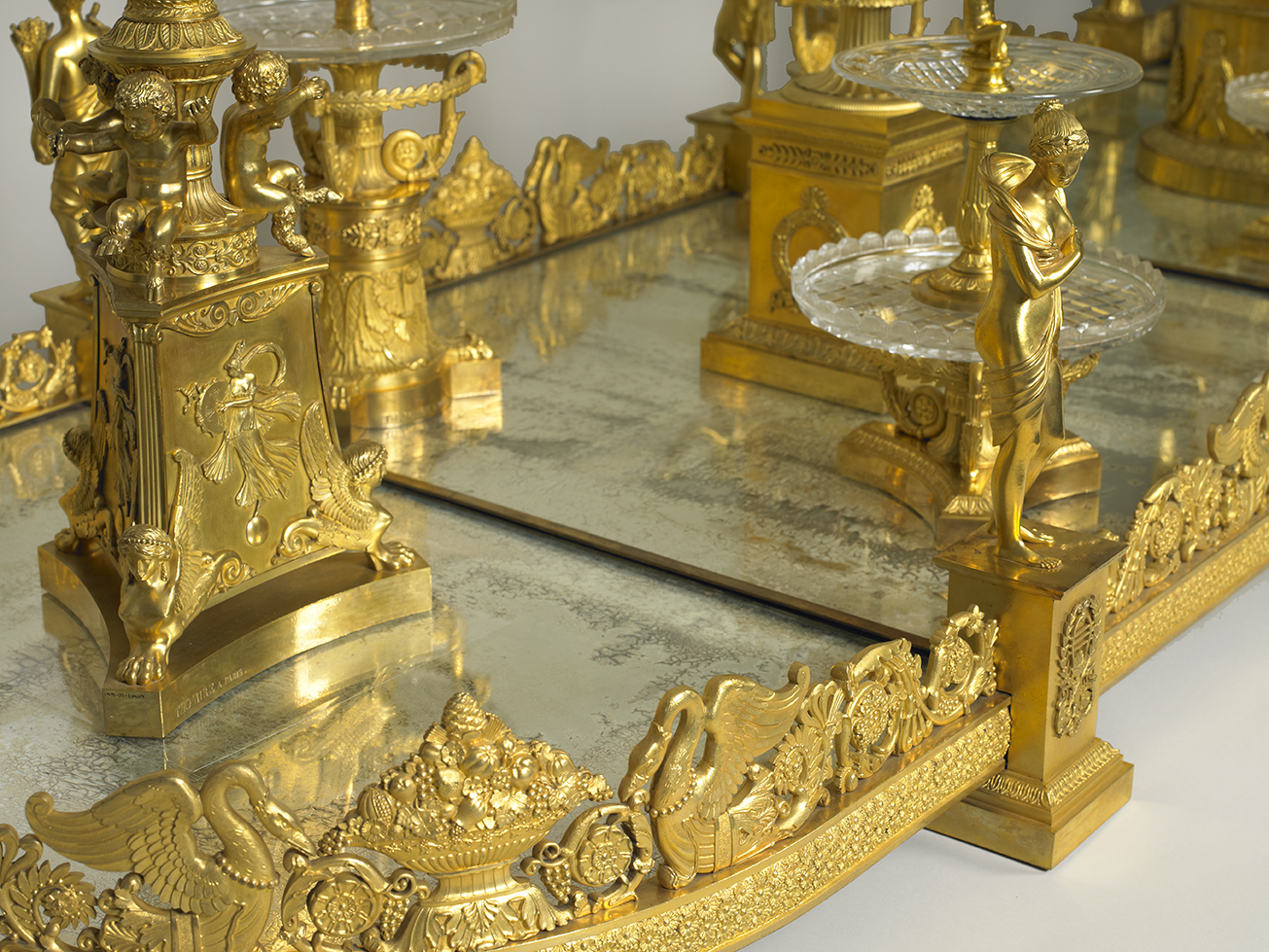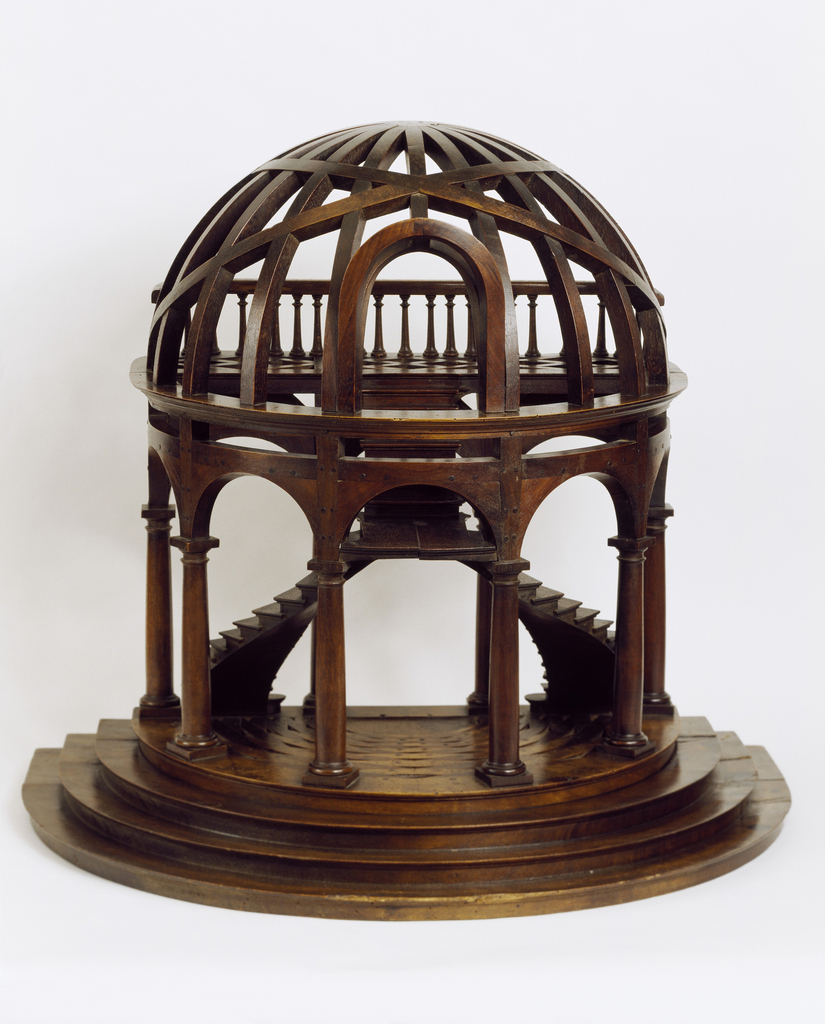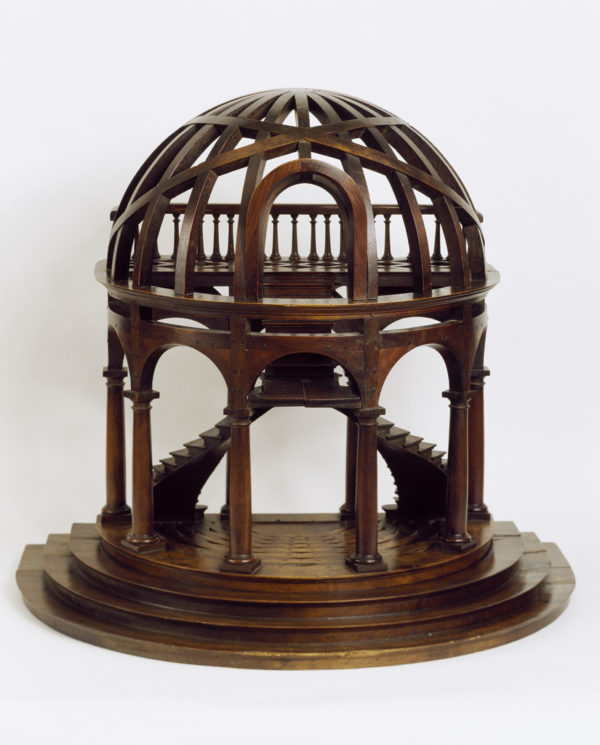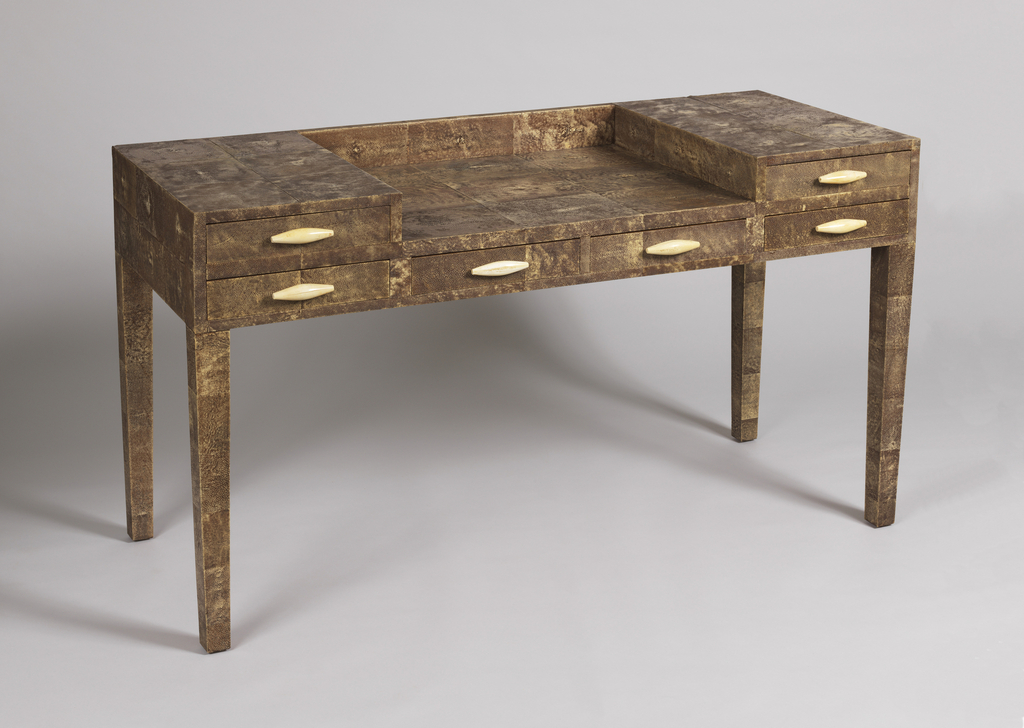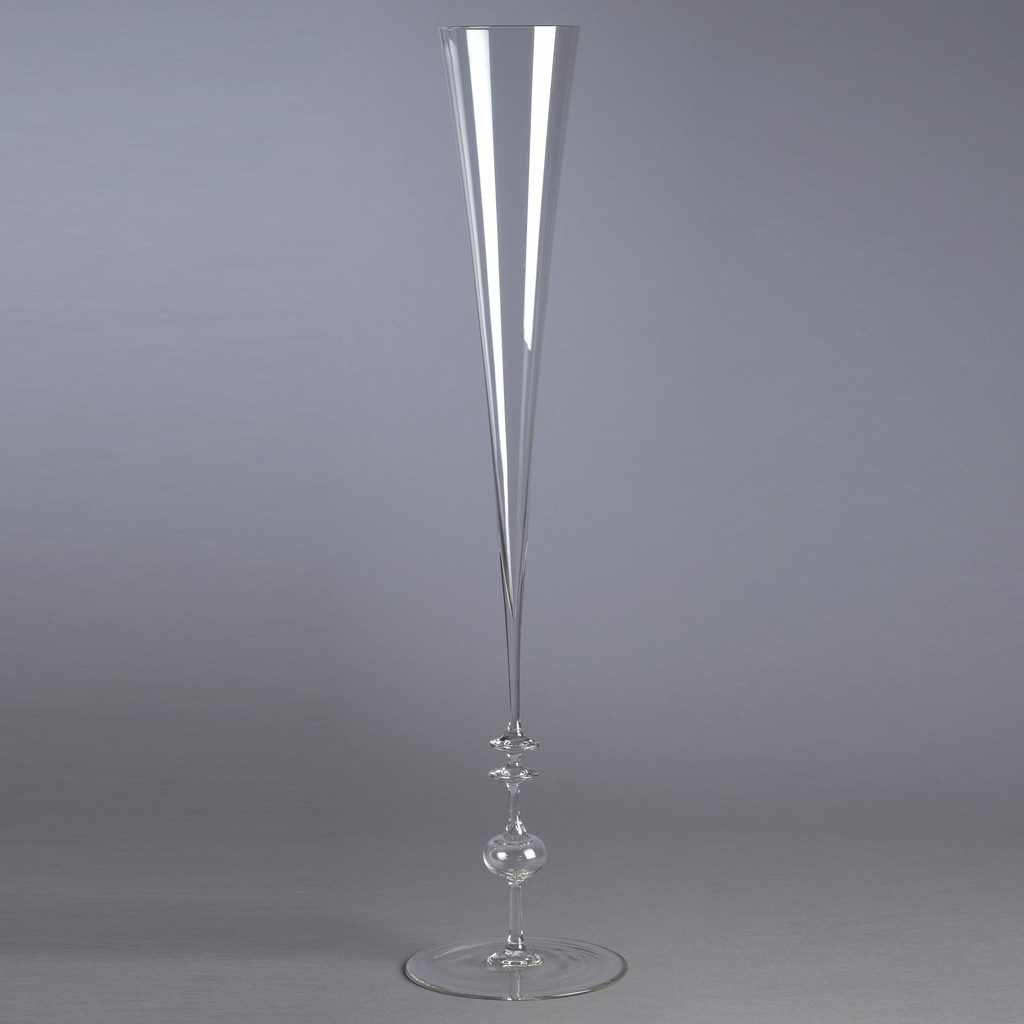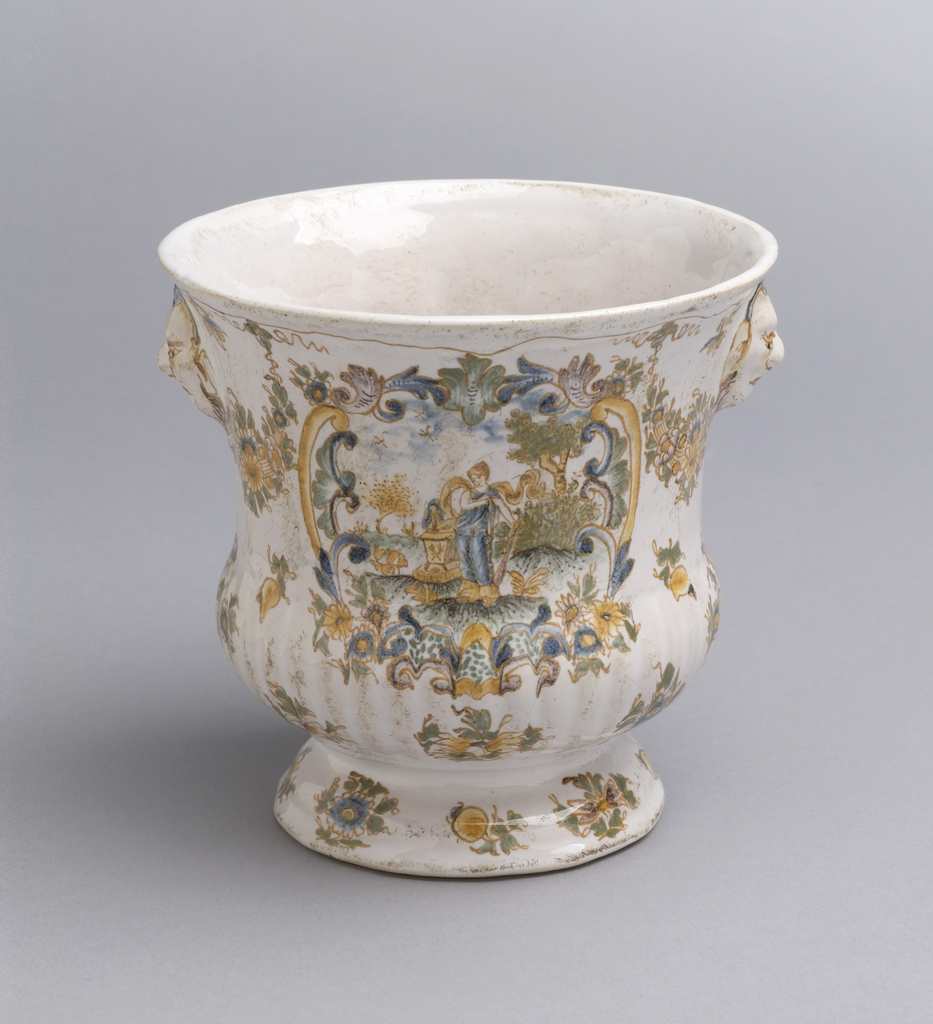From Cooper Hewitt's collection handbook, Making Design, the history of the surtout de table.
In last month’s Short Story, we feasted on dazzling jewelry designs from Cooper Hewitt’s collection. This month, Sarah Coffin, curator and head of product design and decorative arts, introduces us to Mr. and Mrs. John Innes Kane, donors of some of Cooper Hewitt’s most important decorative art pieces. Margery Masinter, Trustee, Cooper Hewitt, Smithsonian Design...
One of a group of staircase models, many of which are masterworks from a guild-like system of design instruction and apprenticeship called Compagnonnage, this model was part of a significant gift, the most significant outside of France, from Eugene V. and Clare E. Thaw. The donors, who both recently died, Clare in June, 2017, and...
When the collector and art dealer Eugene Thaw asked Cooper Hewitt if we would be interested in the collection of eighteenth- to twentieth-century staircase models that he had assembled, he was displaying the generosity of spirit and desire to share his collections that informed much of Gene and his wife Clare’s philanthropy. He knew that...
Sarah D. Coffin and Cynthia Trope discuss this lavish yet modern sharkskin desk, now on view in The Jazz Age: American Style in the 1920s.
Sarah D. Coffin discusses the technical excellence of this Lobmeyr Ambassador vase, now on view in The Jazz Age: American Style in the 1920s.
One of the most wonderful mixtures of new technology-electricity-with elegant hand-crafted materials, in this case glass and metalwork, is this table lamp. It shines forth with the strength of electricity but uses soda glass to create a glow more associated with a pre-electrified era. William Arthur Benson, who was trained as an architect, took up...
This Jardinière was made of faïence, the French term for tin-glazed earthenware based on the name of a town in Italy-Faenza, with which its production is associated from the Middle ages and before. This example is from Moustiers, France, a town in the Alpine area in the southeast of France, where faïence has been made...
Cooper Hewitt mourns the loss of Vladimir Kagan, whose life-embracing style was like that of his furniture. Most examples contain the sensuous and organic forms that reflected his personality, he rephrased his work from the late 1940s to a large outburst of productivity in the 1960s and 70s to a revival of his popularity in...
